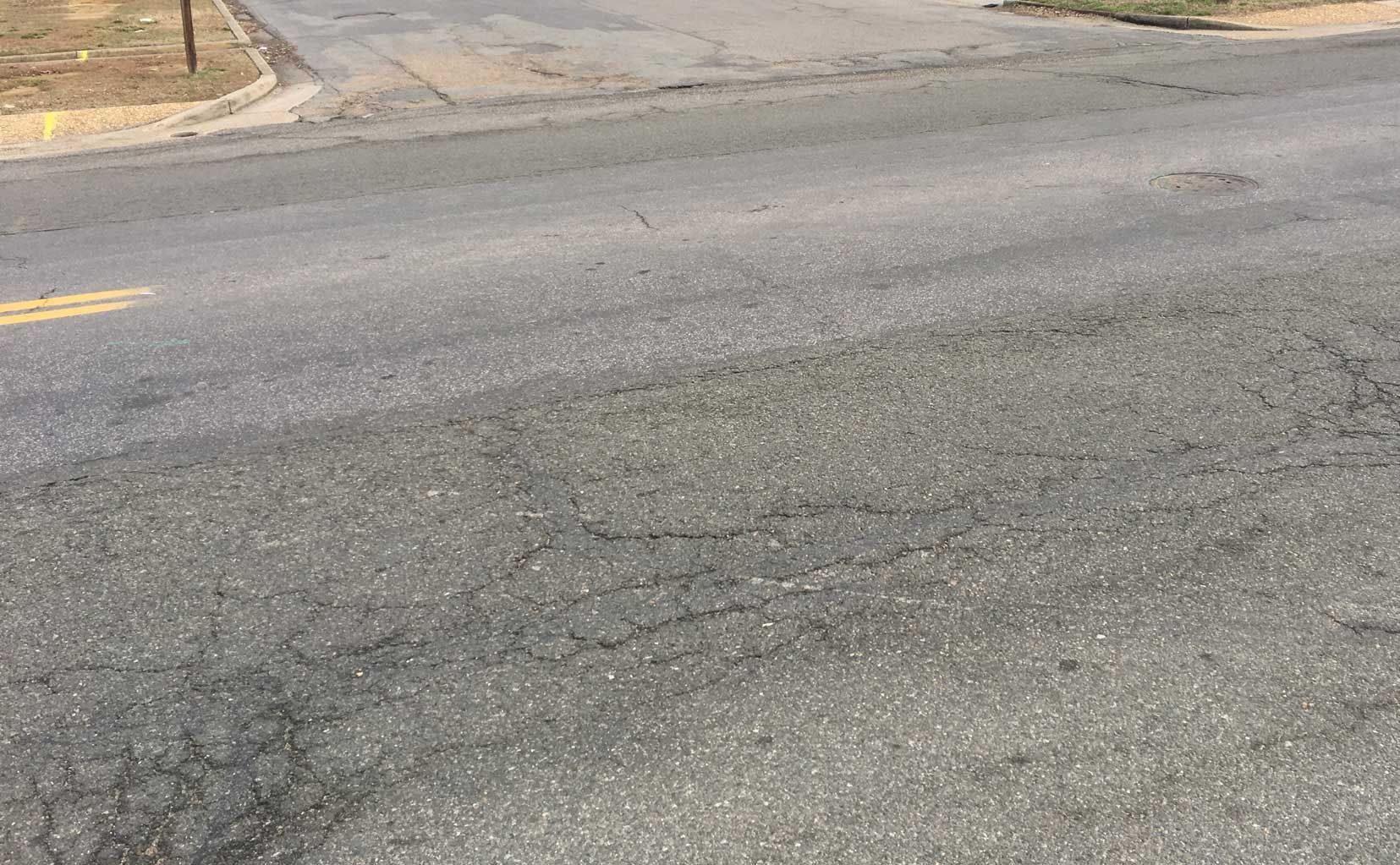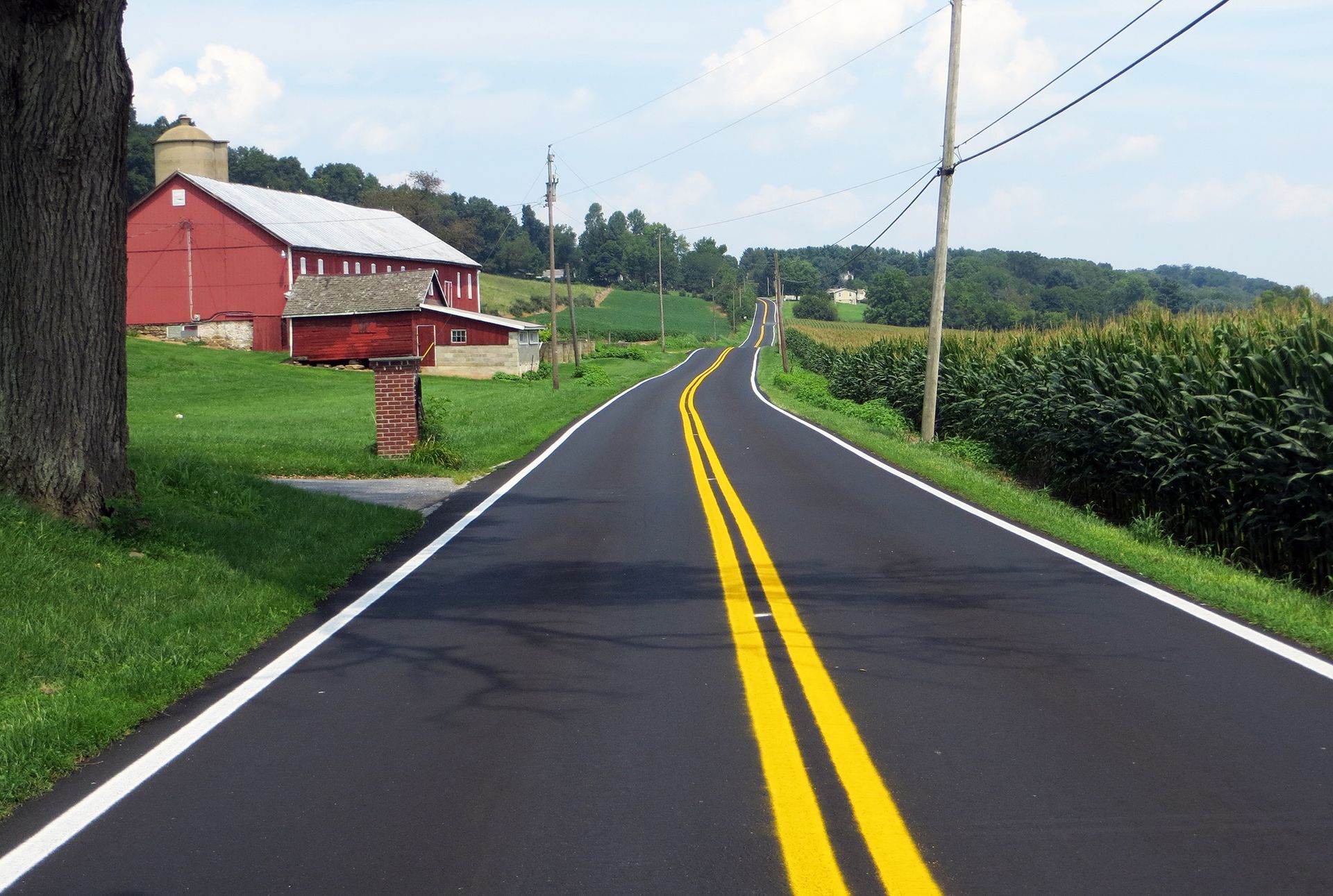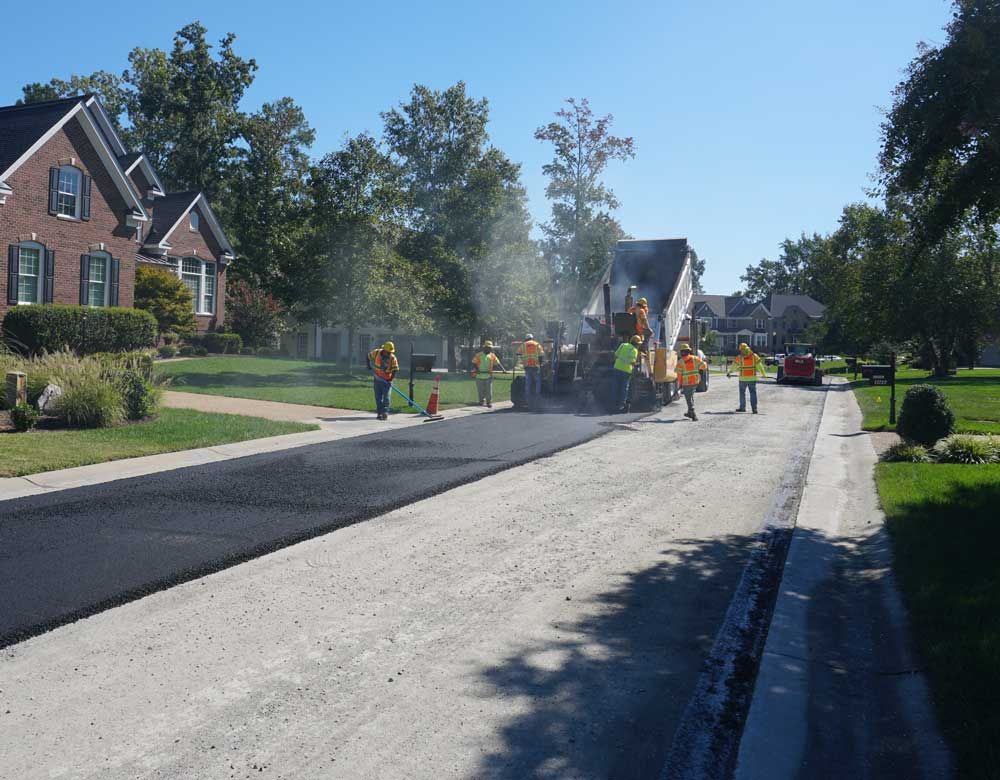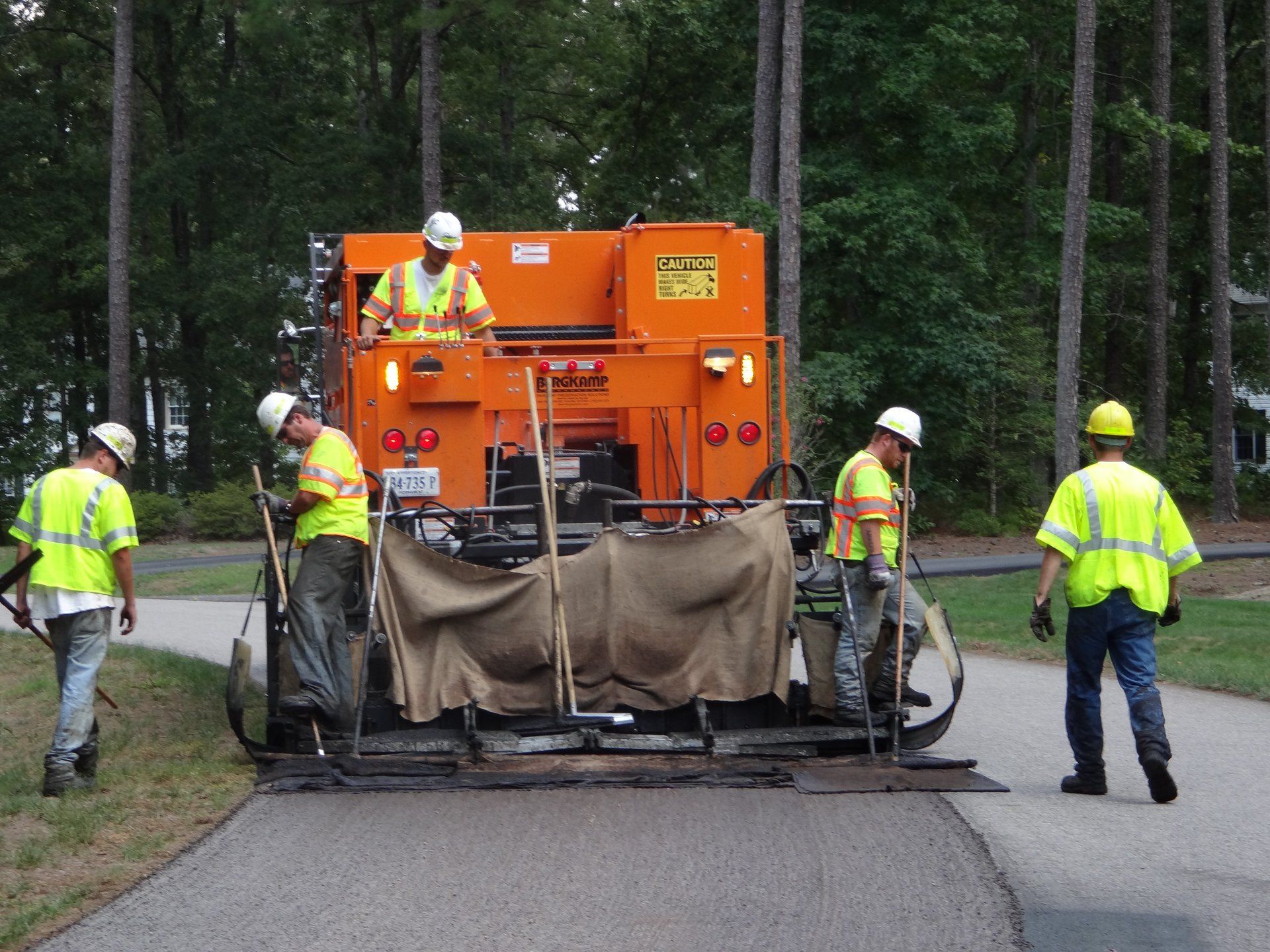Welcome.
We hope you find the information you need. Please scroll down to learn more about pavement preservation with slurry surfacing or follow the links below. If you can't find what you're looking for or have any additional questions, please let us know.
Slurry seals are a thin, cold paving system designed to protect asphalt pavement, not to replace it.
-
Plant Mix Asphalt Paving
For saleMost people think of plant mix asphalt when they hear the word "paving" or even "resurfacing". This can cause confusion when other forms of "paving" are utilized because most people are only familiar with "regular asphalt" and what to expect.
-
Slurry Seal Paving
For rentWhile technically a "paving" system, slurry seals are a liquid asphalt sealer and resurfacer that's mixed and placed on-site. For this reason it's important to learn about what to expect when it's used in your neighborhood.
So why do administrators use slurry seals? (Instead of just repaving with "regular" asphalt.)
Economic Sustainability
Using preservation treatments like slurry seal extends the road's service life by reducing the need for costly future repairs and replacement. The idea is to keep good roads good for longer to allow for more costly repairs on the roads that need them. Over the lifetime of any road, it saves many thousands of dollars. When added up within a road network, it saves millions. See how and why through experience of road administrators around the country here.
Environmental Sustainability
Utilizing preservation treatments like slurry seal reduce energy use, emissions and the amount of natural resources required to maintain the road network. A BASF study showed that, among other benefits, they reduce acidification potential by 300%, produce only a 1/4 of the photo-chemical ozone of plant mix, and emit 3.8 times less CO2.
Safety
Slurry surfacing systems are well-understood to improve skid resistance and maintain that resistance throughout their lifetimes. They are the only asphalt resurfacers to do so. They are sometimes utilized specifically for this purpose in accident-prone areas. And because they prolong the deterioration of the underlying road, the surface remains in smoother, safer condition over its lifetime.
Responsibility
In the simplest terms, there is no way to maintain a road network responsibly without the use of preservation treatments. The short and long-term benefits are well-documented and irrefutable. Just as any homeowner wouldn't build a house and not paint it or build a deck and not stain it, administrators cannot build roads and not protect them. See the dramatic difference preservation practices have made around the country here.
They work.
Not preserving an asphalt road means that it will likely spend a lot of time in poor condition before it can be addressed again. Here are two examples.

To choose and not choose preservation.
Administrators have to plan how they'll keep their networks maintained based on budget cycles so the roads within the network are also maintained in cycles. The time it takes for a jurisdiction to be able to afford to address a road again can be much longer than most people would like. This road divides two jurisdictions that share the cost of maintenance. The road was jointly repaved and seven years later the jurisdiction on the right chose to preserve their side of the pavement with crack seal and slurry micro surfacing. The jurisdiction on the left chose not to. This photograph was taken five years later. The left lane had to be completely milled and repaved again at taxpayer expense. The preserved lane was later treated with another coat of micro at substantially less cost to their taxpayers.

Choosing preservation accidentally.
In this example, mistakes were made while striping the center of a newly paved road through the middle of this town. To correct the situation, the striping was eradicated and a layer of slurry seal was placed to provide a good surface for the new striping. Thirteen years later, the affect the seal had on the pavement is obvious. The two untreated side lanes are in extremely poor condition while the slurry treated center is still in fairly good condition. As results at various tests around the world continue to prove, sealing asphalt pavements while they're in good condition (and in this case brand new) can greatly extend their service life and provide a better surface to travel on for far longer. Unfortunately, this road spent years in this condition until the whole thing was milled and repaved again at taxpayer expense.
See how the preservation process is done.
-
Before Slurry Seal
Go to infoLearn what happens before the slurry seal is applied and why it's important to the success of the project.
-
During Slurry Application
Go to infoSee how the process unfolds and what you can do to help limit the impact of operations in your area.
-
After Slurry Treatment
Go to infoFind out what you might see and what to expect after the slurry seal has been placed.
About Us
Founded in 1966 as a pioneer in the fledgling "pavement preservation" movement, Slurry Pavers focuses on helping road administrators improve their networks more sustainably.
Learn more.

On A Mission For A More Sustainable Road Network
America's road infrastructure is currently rated a "D" by the American Society of Civil Engineers. The old ways of building and maintaining roads just aren't financially sustainable. We're on a mission to help fix that. To better understand how our roads got to where they are and the ways we can fix the problem without raising taxes, watch the video.
Slurry Pavers, Inc. 3617 Nine Mile Road, Richmond, VA 23223
Main Office: (804) 264-0707 Resident Inquiries: (804) 716-7860
| All Rights Reserved |





